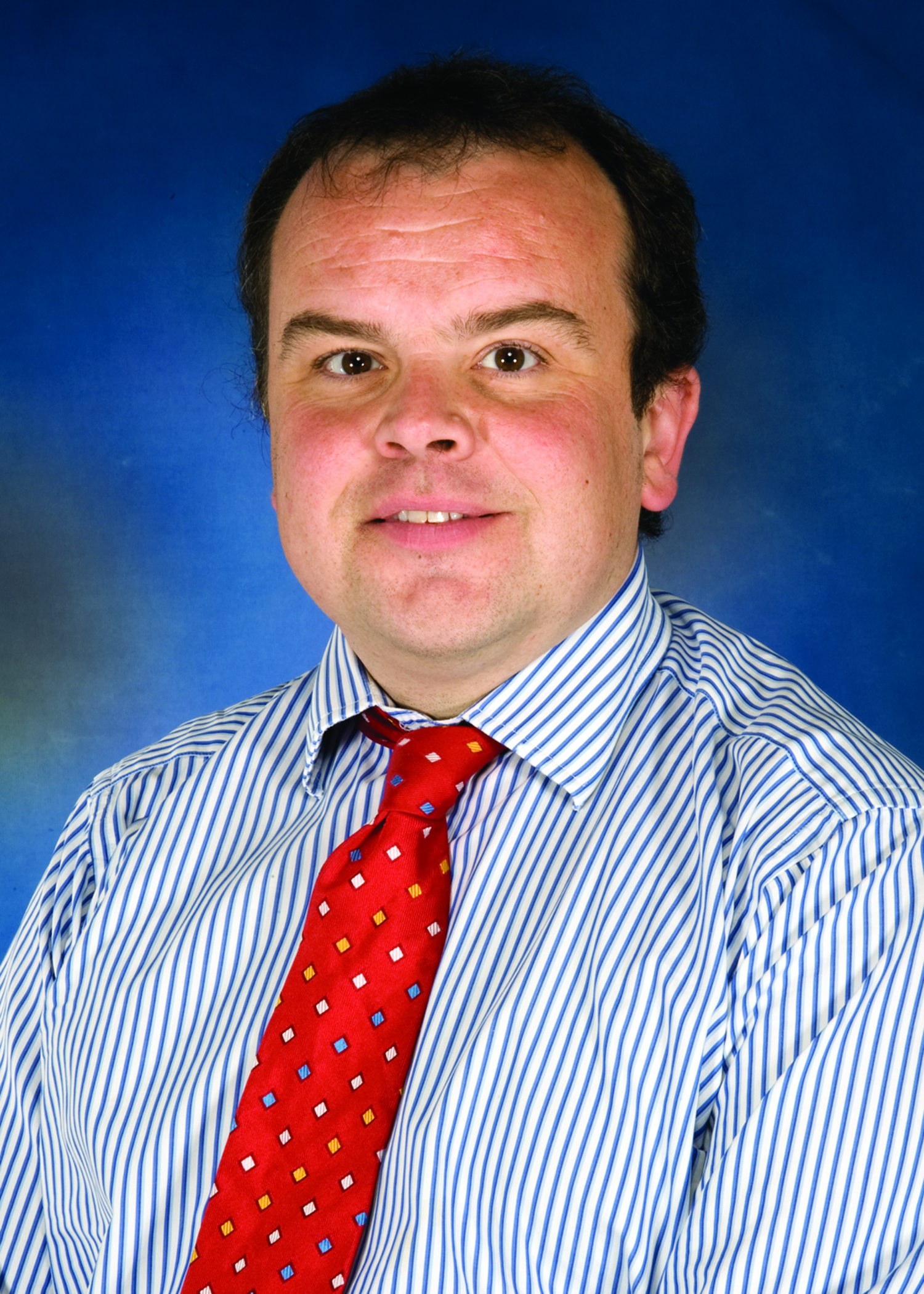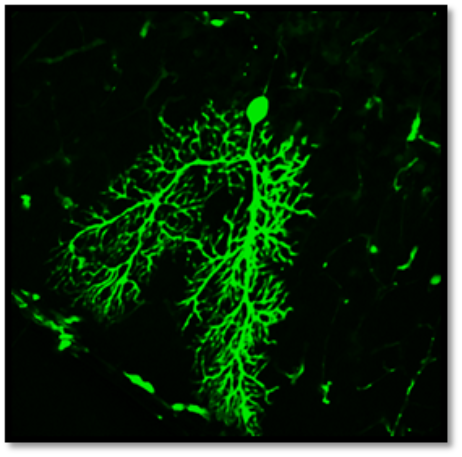FA is the commonest of the inherited ataxias - which are disorders that affect coordination, balance and speech. Roughly one in 30,000 people in Europe suffer from this genetic condition which generally starts in childhood. The disease causes problems with walking and a loss of function in the arms and legs as well as speech issues, often leading to loss of mobility and independence. It may also lead to premature death through heart failure or cardiac arrhythmia. It is caused by mutations in a gene called FXN on chromosome 9, which reduces expression of a protein called frataxin in cells. This stops the cells within the nervous system and heart functioning properly predominantly by a process called oxidative stress.
At the moment, there is no cure or even any treatments that can slow down disease progression, so treatments focus on relieving some of the symptoms. However, Dr Alastair Wilkins, Reader in Neurology at the Bristol Medical School and the North Bristol Healthcare Trust, has used a TRACK (Translational Acceleration and Knowledge) Award from the Elizabeth Blackwell Institute to help fund his studies into using granulocyte colony stimulating factor (GCSF) to treat the disease.
GCSF has numerous potential benefits as a therapy, working to release stem cells from bone marrow into the circulation. In rodents it has been shown to increase frataxin levels in cells, and to reverse the progression of a mouse model of the disease, by recruiting bone marrow stem cells to repair the damaged tissue. The treatment might also be applicable to other degenerative ataxias, and GCSF is also already used to help treat some blood disorders - so its safety profile in healthy people is already established.
Dr Wilkins’ team used the TRACK Award, along with funding from the charities Ataxia UK and Friedreich’s Ataxia Research Alliance (FARA), to determine whether GCSF might do the same thing in human cells. In cell culture studies, they found that human FA cells treated with GCSF had similarly increased frataxin levels, and that the cells remained otherwise healthy.
The team then went on to perform a phase 2 clinical trial of the drug in people with FA to determine what effects it might have in people, and what the strength and duration of the effects were. In the trial involving seven people with FA, GCSF caused release of bone marrow stem cells into the blood stream, and also elevation of levels of frataxin and other blood markers that are lowered in FA (anti-oxidant molecules). The next step is to determine whether the drug can actually help relieve - or even reverse - symptoms in people with FA.
Dr Wilkins said, “There are many potential bone marrow stem cell therapies for FA, but mobilizing a person’s own stem cells represents the simplest, safest and most readily applicable for an immediate trial. The drug is safe, it activates the bone marrow in people with FA, and that there are improvements in many of the markers of the disease.

